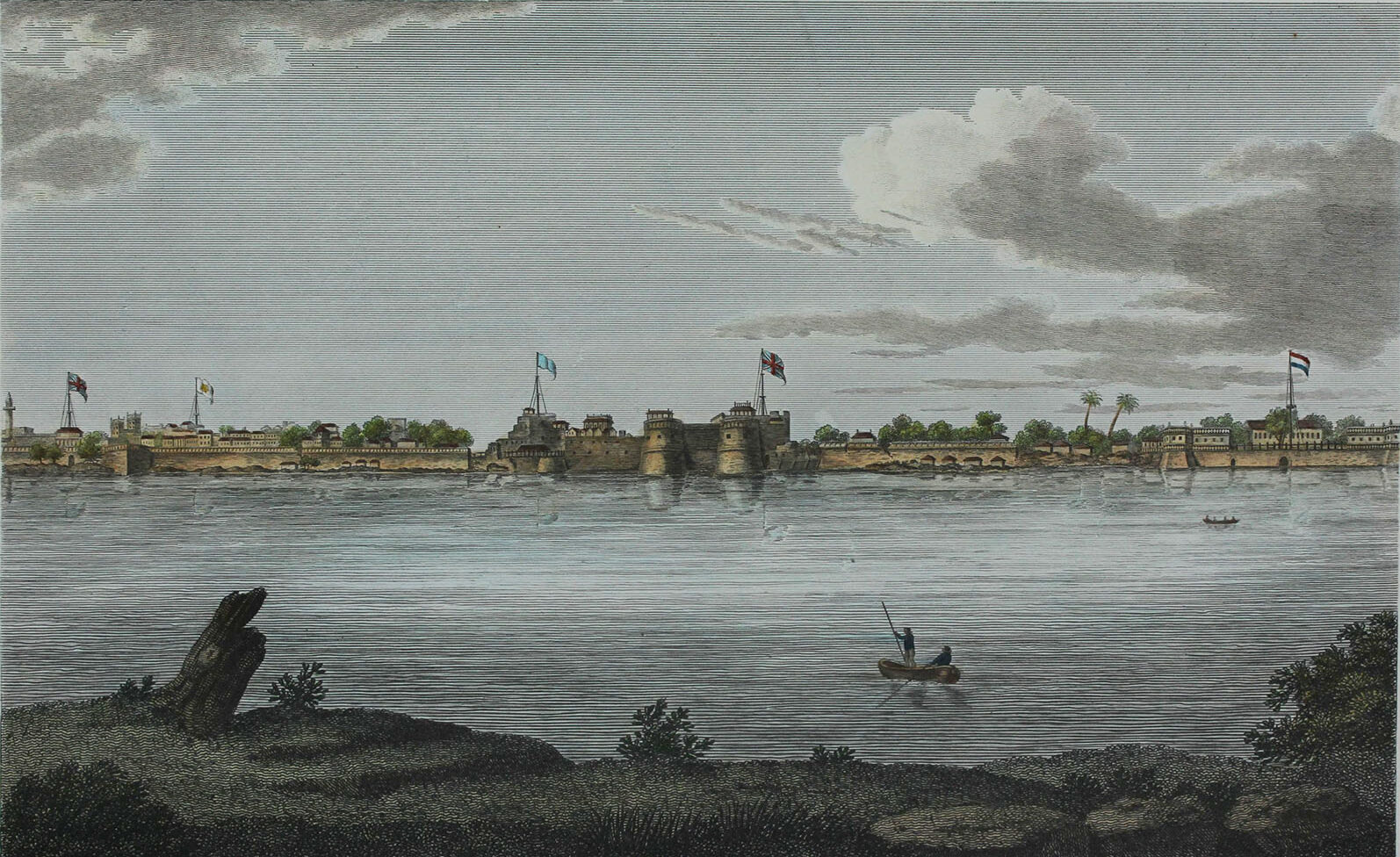
Surat on the Banks of the Tappee, James Forbes, engraved by J Shury, 1834, Sarmaya Arts Foundation (2015.3.38)
Mention Surat to a foodie and you’ll be met with a Gujarati adage: ‘Surat nu jamaan, kashi nu maran’. ‘Eat in Surat, die in Kashi’—both touted as equally effective paths to salvation. Such a dramatic declaration demands further investigation into the culinary histories of this ancient city.
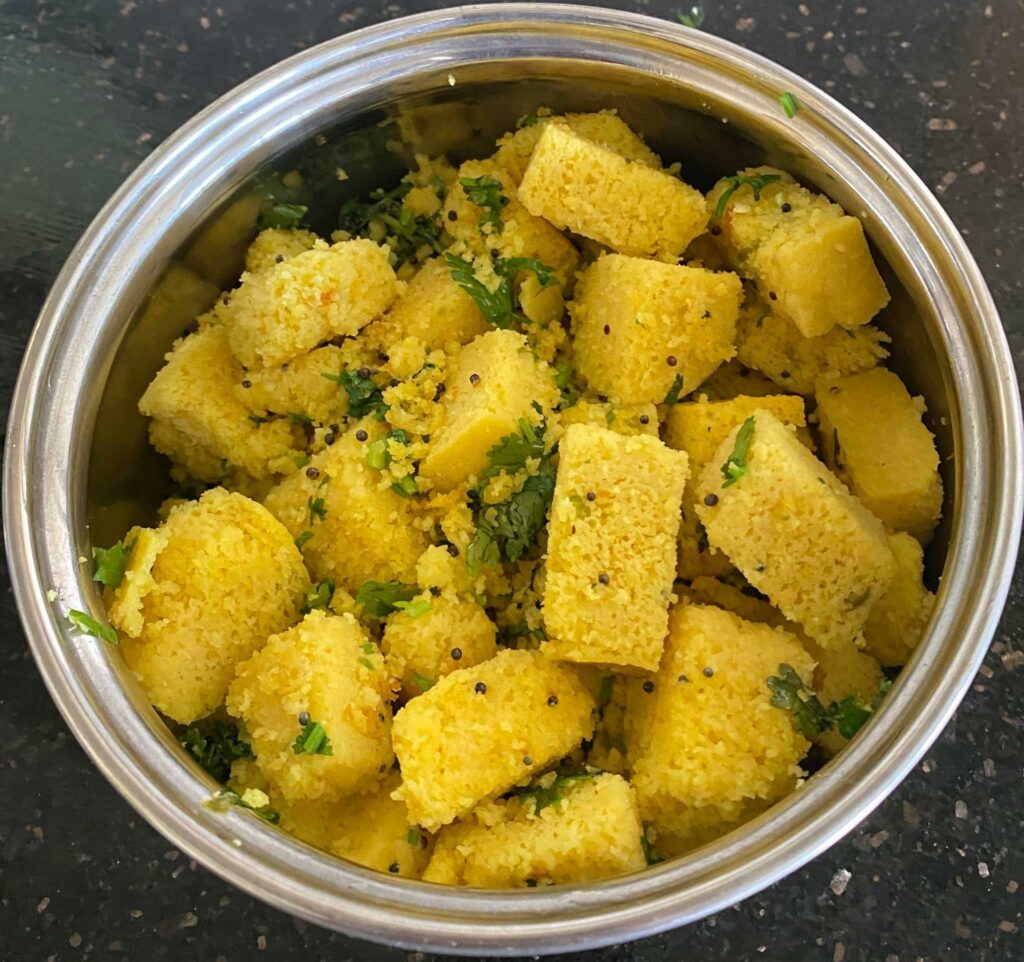
Not to be confused with dhokla, this dish is called vaati dal nu Surati khaman. Photo by Rohan Bhatt
For centuries, Surat has thrived as a port town and bustling metropolis along the fertile banks of the Tapi river. Lucrative trade and the promise of colonisation brought in the plundering Portuguese empire in the early 1500s, and they were followed by the Mughals in 1573 and eventually, the British empire that claimed control of the city by the 1800s. This “grubby” trader’s town, as writer and historian Abraham Eraly describes it, was “brimming with local merchant princes and the establishments of Turkish, Armenian, English, French and Dutch traders during the Mughal era”.
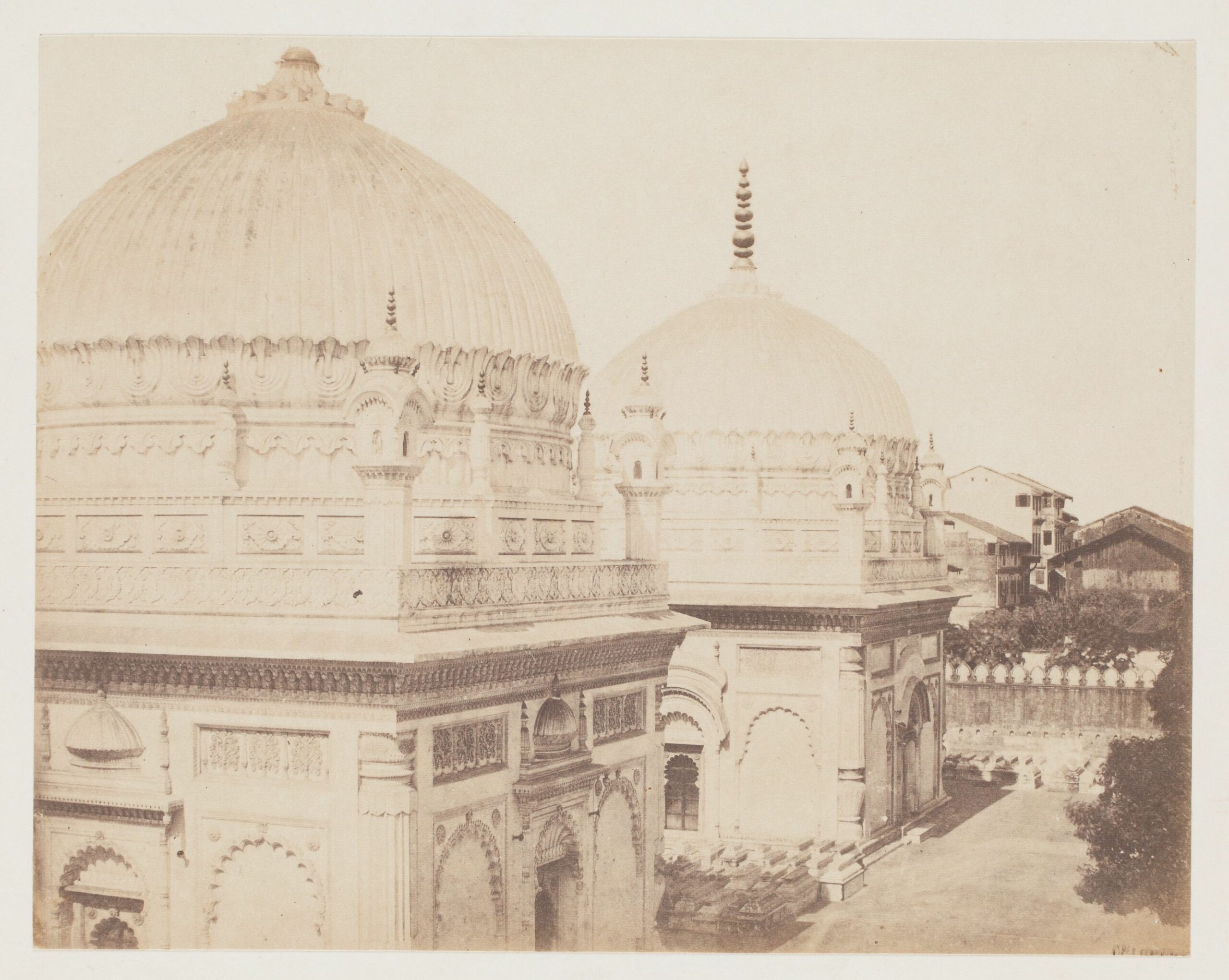
Mausoleum of Saiyedna Noorbhai Nuruddin, Begumpura, ‘The Tomb of The Moolla of the Boras’, Surat © Sarmaya Arts Foundation (2017.67.1)
But the presence of communities including the Arabs, Dawoodi Bohras, Jains and Zoroastrians in the region far predate these conquests. Surat’s strategic location on the coast has resulted in an influx of foreign migrants, cultures, flavours and spices. These have mingled with the food traditions of the region’s own tribal and mercantile communities over time to give shape to contemporary Surati cuisine. Surat is Gujarat’s food capital, bursting with fresh vibrant produce, finger-licking street food and a unique edible archive of world cultures that have taken root here.
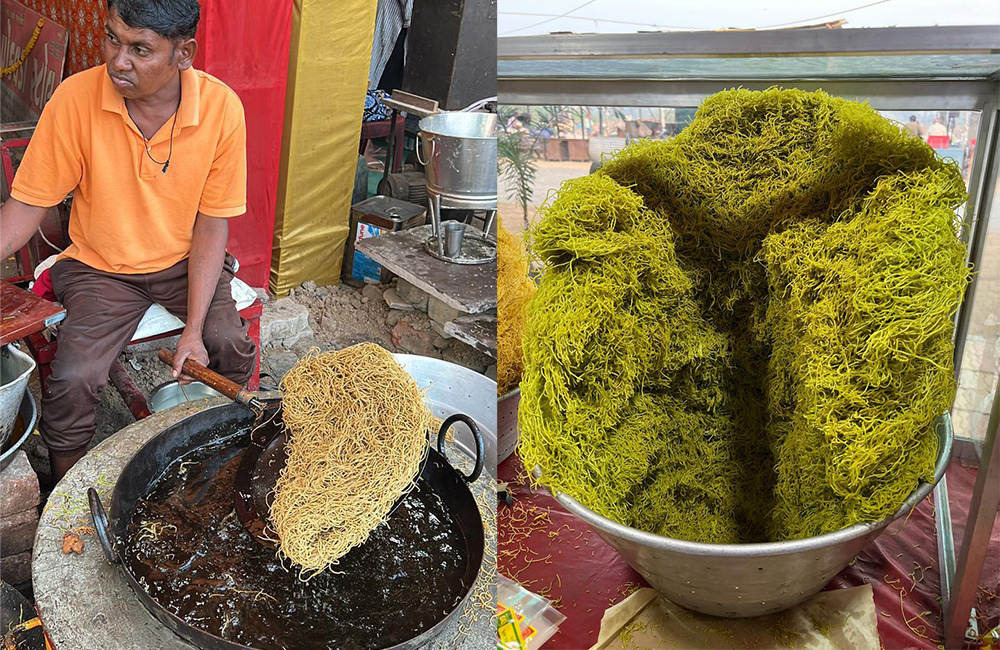
(L) Sev being fried in a street stall, Surat; (R) Lassan palak sev. Photos by Rohan Bhatt
According to Sheetal Bhatt, of the famed blog route2roots that explores the intricacies of native Gujarati foodways, what makes Surati cuisine stand apart is the use of fresh, green, hyper-local and seasonal ingredients. “Every Surati household will have three dabbas of aromatics in their fridge: minced chillies, ginger and garlic. That’s how they flavour their food, there’s very little use of dhaana jeera powder or garam masala, which is more common in northern Gujarat. The natural aromas and taste profile of the vegetable are allowed to shine.” She goes on to explain the clever tel-paani vagaar (oil-water tempering) cooking technique typical of Surati cooking that ensures a sort of tender-crisp vegetable that retains its verdant vitality even after cooking. “Nowadays too much oil is used in the making of undhiyu, perhaps coming from the Marwadi style of cooking. But originally, undhiyu and all other produce has always been made in a mixture of oil and gentle sprinkles of water, called ‘tel-paani vagaar’, revealing a vibrant green aromatic preparation.”
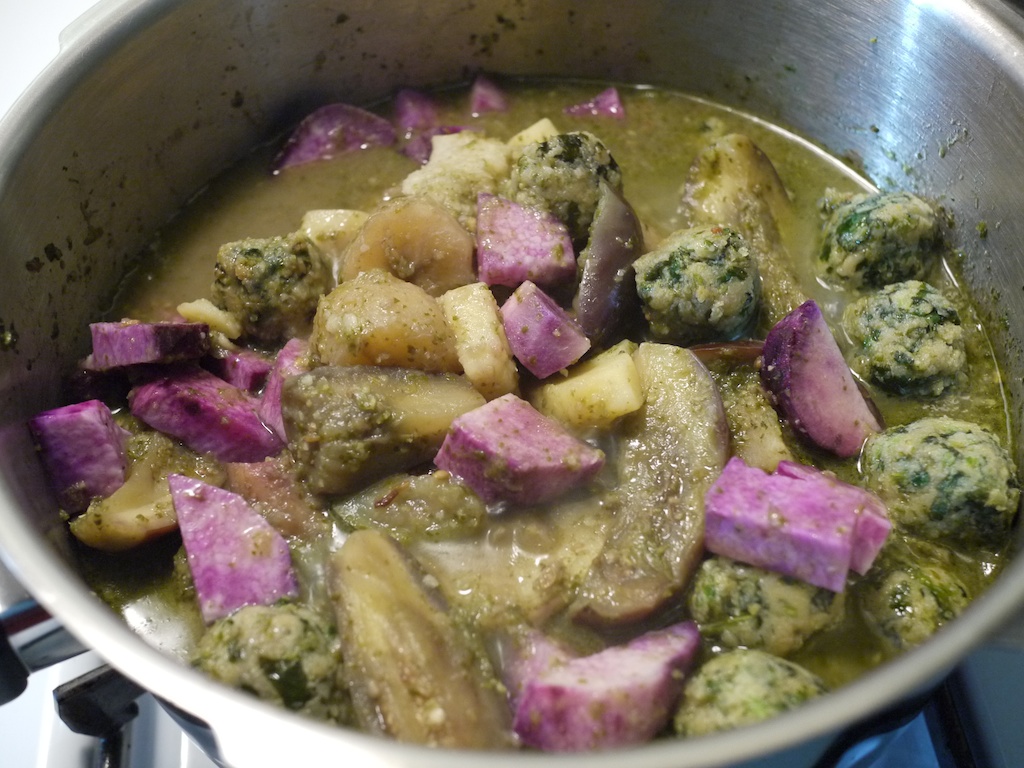
Undhiyo, photo by lulun & kame/Flickr CC BY-NC-SA 2.0 DEED
The king of Surati winter delicacies, undhiyu, is quite possibly Surat’s most famous culinary export and resident celebrity. It’s a mix of incredibly fresh tender shoots of winter green garlic, lilva tuvar beans, surti papdi, psychedelic-purple yams and bitter methi muthiya, covered in a lush green masala. “The way you have biryani and pizza parties nowadays, we used to have undhiya parties in my youth,” recalls my mother, Lata Amesur who grew up in the Baroda of the 1960s and ’70s. In fact, according to Sheetal, many of the immigrant communities adopted these very cooking techniques and flavour profiles into their own cuisine. The green masala shows up in the Parsi patrani machhi, which is fish covered in a deep green herby-masala paste and steam-cooked in banana leaves.
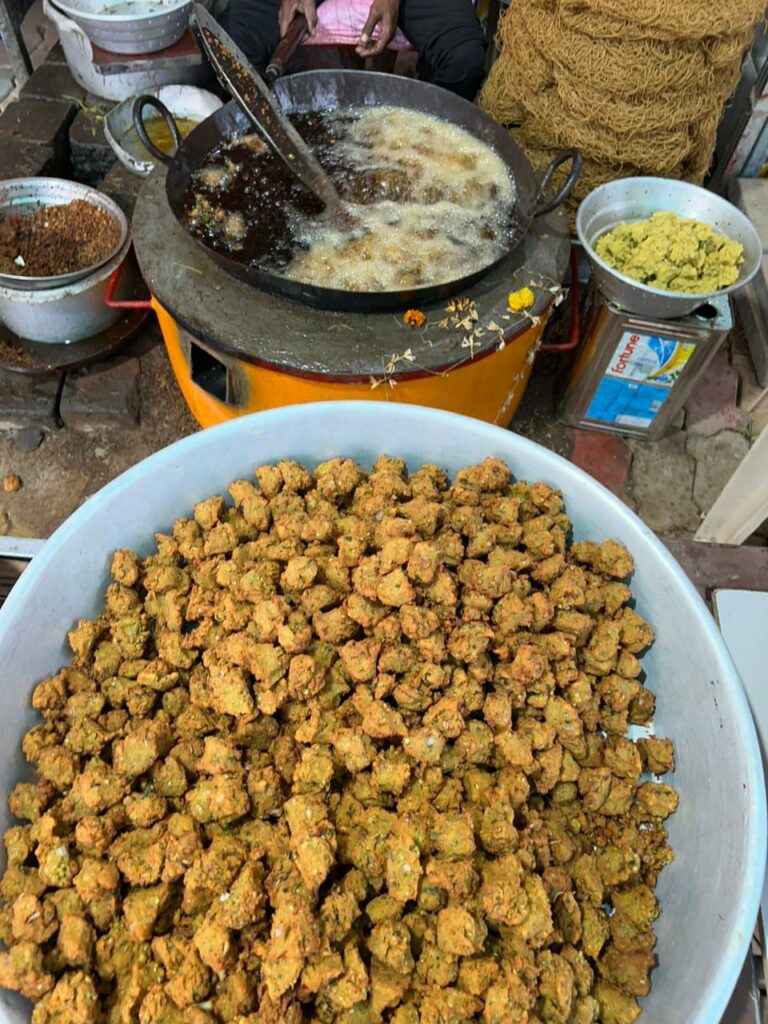
Ponk vadas being fried, photo by Rohan Bhatt
Surati winters also bring with them harvests of tender green grains of sorghum called ponk. “Sorghum is roasted over spitfires and the grains are hand-beaten in rhythmic fashion to extract the ponk,” explains Surati restauranter Rohan Bhatt. “Ponk is mixed with chillies, spices and rice flour, and deep fried to make ponk vadas”. When it comes to the other famous Gujarati export, Rohan points out that what most people call ‘dhokla’ is actually a different dish called vaati dal nu khaman, “Khaman and dhokla are not the same. Surati khaman is made with soaked chana dal (split bengal gram) and not besan.” Khaman and its close cousin locho are the most popular of street foods of Surat. The city can also lay claim to a street food innovation called the ‘egg kheema Surti’, where hard boiled eggs are chopped/grated into a spicy gravy mopped up with fresh pav.
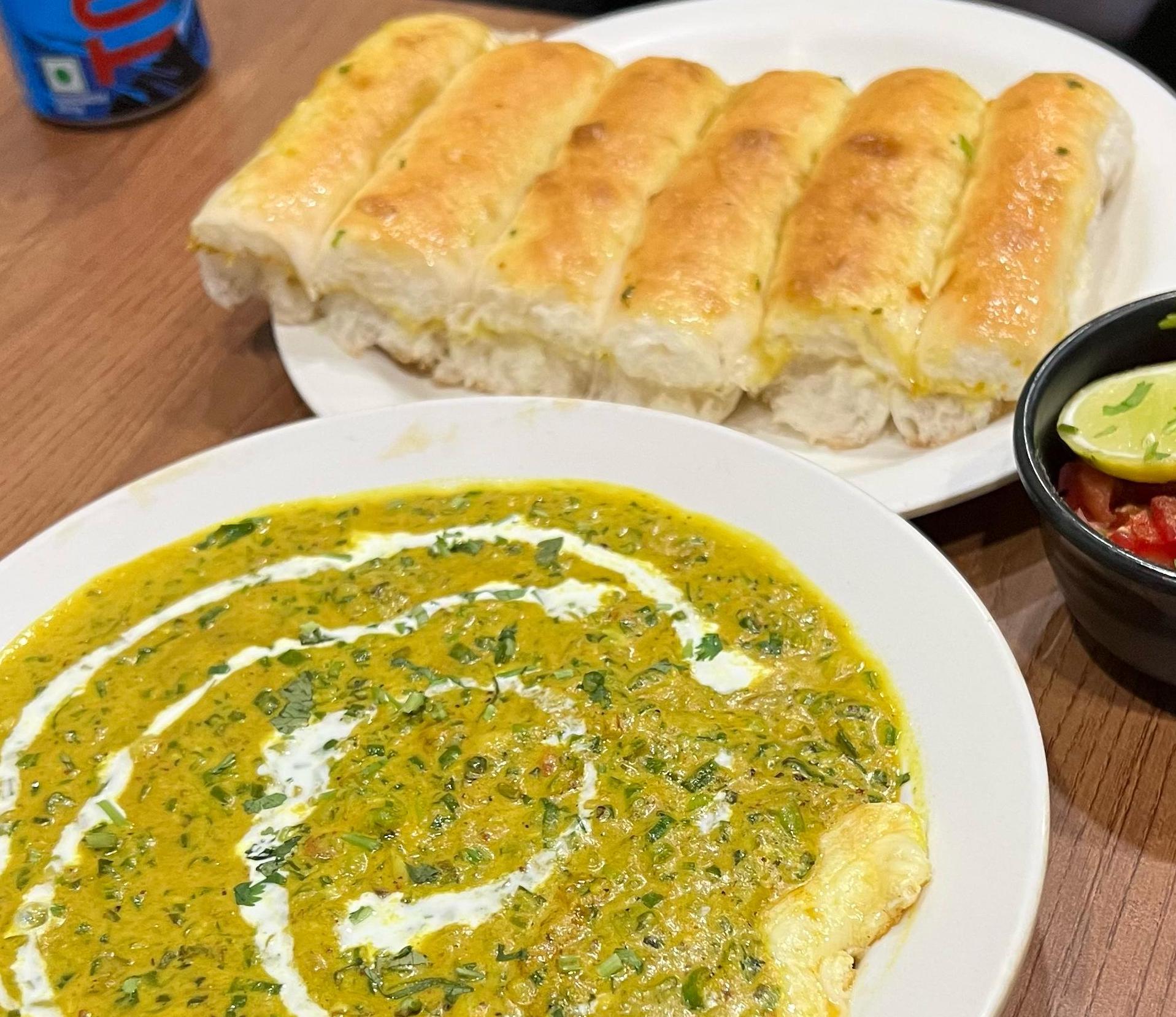
Egg kheema Surti, photo by Rohan Bhatt
Sheetal reminisces fondly of another local legend, Dotivala bakery, which has been serving up teatime favourites like nankhatais (shortbread biscuits) and Surati butter/batasa for over two centuries now, starting in the Dutch colonial era. Sheetal says, “The nankhatais in Surat are quite different from the ones you get in other parts of the country. Instead of the usual semolina and besan, Dotivala uses whole wheat flour and ghee to make theirs.” A Parsi gentleman, Faramji Pestonji Dotivala, took over the bakery from his Dutch employers as they left Surat’s shores and it’s been in the family since. His descendants developed the recipe for these sweet biscuits, khari and baked goods. “Surat’s artisan bakers have perfected their adaptations of Dutch-style bakes, with an Indian touch,” says Rohan.
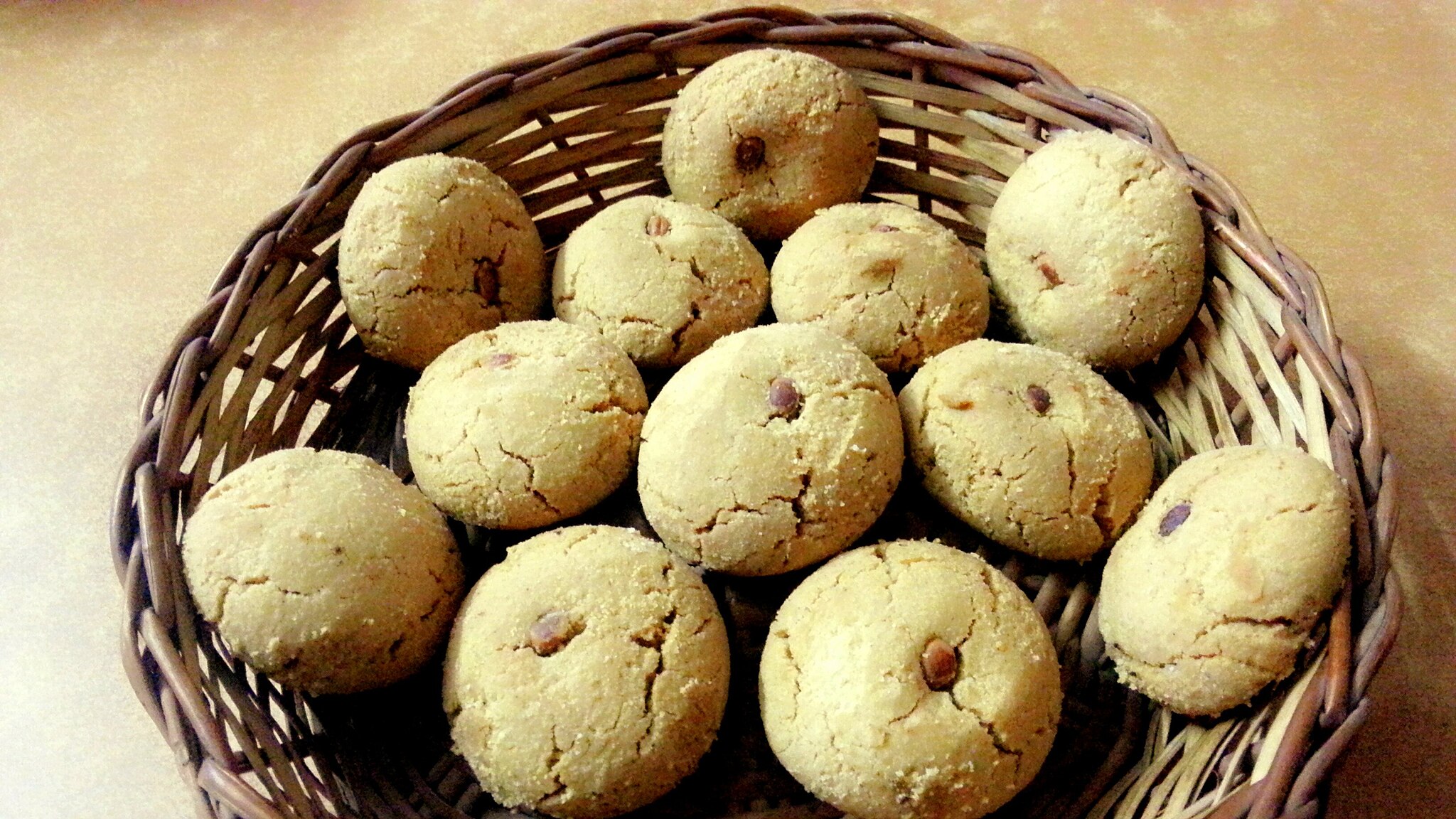
Nankhatai, Tarun Kant, CC BY-SA 4.0, via Wikimedia Commons
The Dawoodi Bohra community has stirred into own influences into the melting pot of Surat. A classic dish is Biranj, which evokes the sheer korma that Muslims families make for Eid. On her blog, Sheetal writes: “Berenj or Birinj is what rice is called in Persian/Farsi. Maybe our Biranj has some Persian influence…but all said Biranj was a very Gujarati delicacy.” The Bohras, named for the Gujarati word ‘vohrvu’ meaning ‘trader’, settled in Surat around the 19th century. They arrived via the Gulf of Cambay, bringing in West Asian food traditions with them.
View this post on Instagram
Maratha Emperor Chhatrapati Shivaji’s invasion and sacking of Surat in the 17th Century caused another wave of new flavours to wash over the city. It infused hearty alliums, aromatic dill and pungent chillies into the local fare. “The Marathas and the (indigenous local) tribes gave Surat its tryst with onion, garlic and greens, with a heavy influence of herbs like green garlic, green suva or dill, lavangiya marcha (Surat’s special green chilli),” explains Rohan. All Surati communities wait patiently all year for the harvest of leela lassan (fresh green winter garlic), which brings a delicate flavour to a variety of winter dishes, from the Parsi-style half-fry eggs to the dhebras (flat-breads made from bajra) of the Anavil Brahmins. Not to mention, undhiyu.
View this post on Instagram
The mercantile class of Surati Khatris, who have lived here since the 19th century, are justly proud of their signature meat dish, tapelu mutton. Typically cooked in enormous vats or tapelu, it involves stewing lamb in a paste of onions, garlic and ginger, plus a special type of spice-mix. This garam masala blend called ‘tapelano masalo’ contains ingredients that no doubt made their way to Surat through the Silk Route, from warm sweet cardamom to cinnamon to the Goan tirphal, coupled with the deeper notes of mace and nutmeg, and the savouriness of dagad phool (stoneflower). “It was the Jains and Banias along with other merchant classes, who had access to garam masala, sugar and prized saffron. The native tribes continued to use basic salt and jaggery to flavour their food,” says Sheetal.
References
Abraham Eraly (2007). The Mughal World: Life in India’s Last Golden Age. Penguin Books India. pp. 13–14. ISBN 978-0143102625.
Khatri Tapelu (Slow-cooked Lamb Stew), Foodo Baggins



